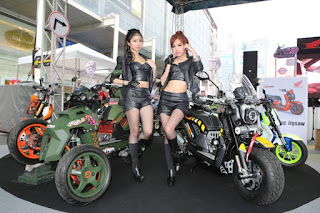As he did in 2012, the Road Accident Fund (REF) and Fuel levies increased again, this time by 23 cents per litre.
This year it is 0,08c a litre for the RAF and 0,15c a litre for the fuel levies. (In 2012, it was also 8c for the RAF but 20c for the levies.)
South Africans buy some 970 million litres of petrol and 980 million litres of diesel over an average month like September.
This means the latest ZAR77,600,000 million the latest 8 cent increase will add from next month just in petrol.
Mr Gordhan sternly said he hopes our government will spend wisely the taxes our Receicer so efficiently gather.
Nobody laughed, and he did not make any other jokes during his speech.
Currently, the fuel price is South Africa is comrpised in the following manner:
| Fuel price | % |
| Basic fuel price and state levy | 53.1 |
| Customs, Duties, RAF, Basic Tax | 27.9 |
| Wholesale | 7 |
| Retail | 8.4 |
| Transport | 2.4 |
| Delivery | 1.2 |
Above looks like government takes only a quarter of the money, which looks good compared to the UK or France, but "delivery" equates to a state-owned parastatal, while all other sectors pay add valorum tax on every drop we burn in our ICE engines.
Which means our government is still stretching the petrol teat like a kettie, and pillaging the public's purse with a least R8 billion a month in the process.
Which every economist tells us, will drive up inflation.
Electric engines, anyone?










